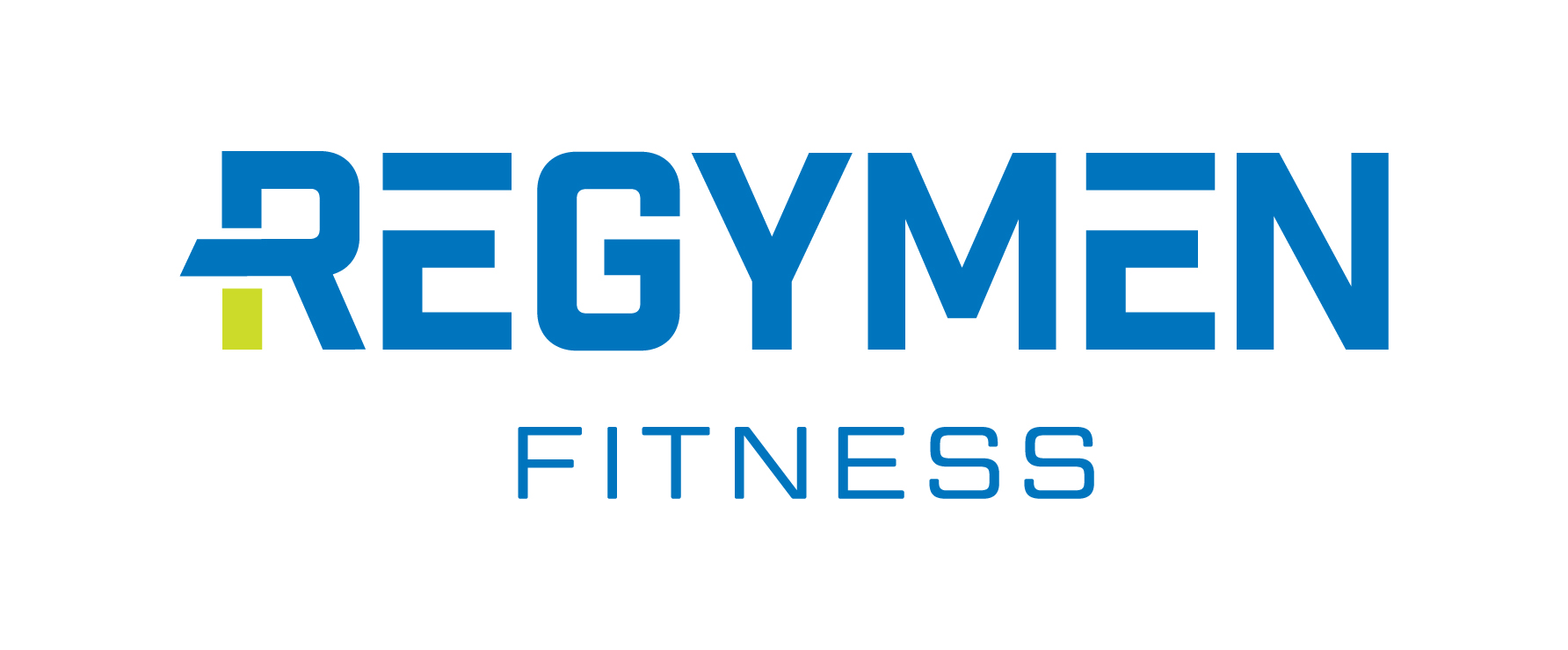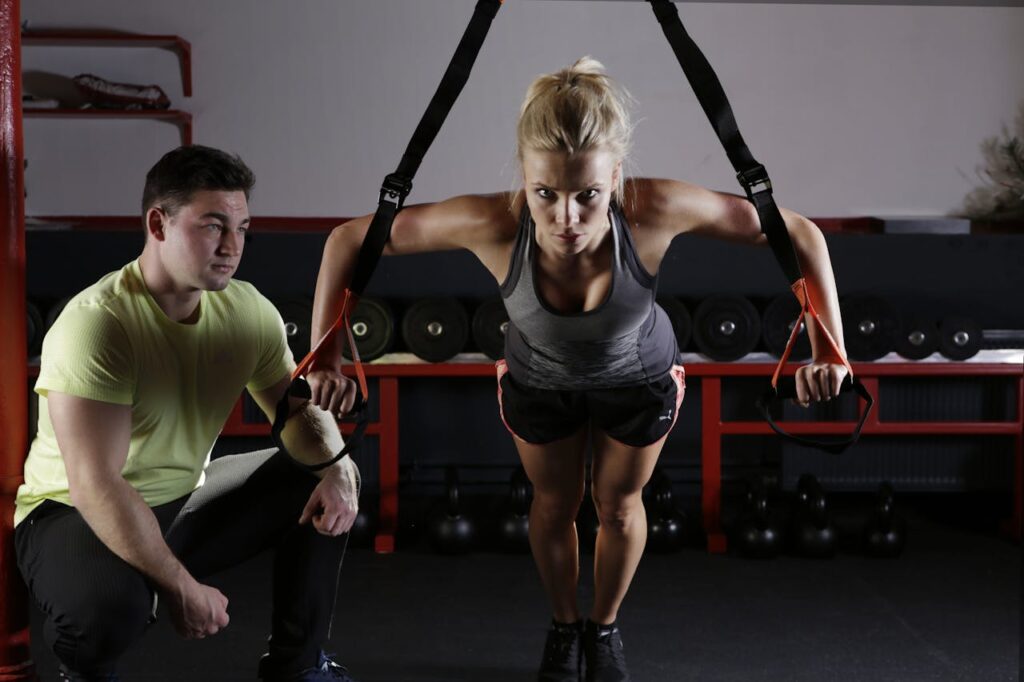Setting fitness goals is always an exciting time. You’ve got a vision, and now it’s about turning that vision into reality. It’s kind of like planning an epic road trip—you know where you want to go, but you need to figure out how to get there. The journey can be thrilling, and seeing progress along the way can be incredibly satisfying. However, making sure those goals are achievable is key to maintaining motivation and achieving long-term success. It’s about striking a balance between challenge and reality, understanding exactly what you can realistically accomplish with the time and resources you have.
Realistic goal setting is a critical part of anyone’s fitness journey. It helps us know how far we’ve come and where we need to go. When you set goals you can actually achieve, it’s easier to stay motivated and less likely you’ll feel discouraged. Like when you start lifting weights and notice you’re getting stronger, it’s proof that achievable goals lead to stronger determination and persistence.
Understanding Your Current Fitness Level
Before you can set any fitness goals, it helps to know your starting point. This step isn’t just about picking up a pen and writing a number down. No, it goes a bit deeper. You want to evaluate your current fitness level to understand what you’re working with. Consider things like fitness tests, your current habits, and your overall health. These can provide a nice snapshot of your baseline fitness level.
Here’s what you can keep an eye on:
– Fitness Tests: Simple tests like measuring your flexibility, counting how many push-ups or sit-ups you can do, or timing how long it takes you to walk or run a certain distance can give you a baseline.
– Exercise Habits: Reflect on your current routine. Are you a weekend warrior, or do you prefer daily walks around the neighborhood? Knowing this can help set the groundwork for future changes.
– Health Overview: Factors like diet, sleep, and stress levels play into your ability to reach your goals. Don’t overlook these as part of your fitness picture.
Being honest with yourself about these things can really help tailor your goals to meet where you are now. And it’s okay if your starting point isn’t exactly what you hoped. The important part is knowing where you stand so you can make sure your goals are not out of reach.
Setting SMART Goals
Once you’ve figured out your starting line, it’s time to begin setting those fitness goals. And there’s a handy way to do this—the SMART criteria to guide you in designing goals that are Specific, Measurable, Achievable, Relevant, and Time-bound.
– Specific: A goal should be clear. Instead of saying, “I want to get fit,” you could aim to run a 5k.
– Measurable: What’s the metric of success? For example, you could track how long it takes to run a mile or how much weight you want to lift by a particular date.
– Achievable: Be realistic with what you can do. If you can currently run a mile in 15 minutes, aiming for a 6-minute mile next week might be a stretch.
– Relevant: Make sure your goals align with your lifestyle and desires. Why do you want to get fit? Maybe it’s for better health or to have more energy.
– Time-bound: Set a finish line. “I want to run two miles without stopping by the end of the month” gives you a target.
An example could be deciding you want to complete a half-marathon in six months. Such a goal is detailed and lets you know exactly what you’re working toward. Using the SMART criteria, you break down your goals into manageable steps and increase the likelihood of success. It’s a process that helps you keep your eyes on the prize and enjoy the victory when you get there.
Seeking Professional Guidance
Finding a certified personal trainer can be a game-changer when it comes to setting fitness goals. Trainers have the skills and knowledge to help set and achieve realistic objectives, all while keeping your personal needs in mind. They act like a GPS for your fitness journey, offering a clear path and keeping you on track. They assess your abilities, push you when you need it, and celebrate your progress.
Trainers tailor a plan specifically for you, factoring in everything from your schedule to your body’s response to exercise. Imagine having someone who can guide you through each step, offering support and holding you accountable. It’s like having a cheerleader who also happens to know exactly how to get you where you want to go. If you’re in Gonzales, LA, finding a local trainer can also add a sense of community and personalization to your workout routine, making the experience even more fulfilling.
Tracking Progress and Making Adjustments
Regular progress checks are important for keeping your goals on track. Think of it as routine maintenance. By periodically reviewing your progress, you can see how far you’ve come and what might need tweaking. If your goal is to run further, tracking your distance over time shows improvements and highlights areas that can be adjusted if you’re falling behind.
Adjustments are part of any journey. Maybe you hit a plateau or face an unexpected hurdle. That’s a cue to reassess and make changes to stay on course. It’s like driving down the highway and hitting a detour. It’s okay because you can reset your route and keep going. If you’re not progressing as expected, perhaps it’s time to modify your training intensity or introduce new activities. The key is to stay flexible and ready to adapt, ensuring that your goals remain achievable even when circumstances change.
Staying Motivated and Adaptable
Keeping motivation high is important during a fitness journey. Think of it as keeping the fuel tank full. Here are some ways to keep your spirits high and your momentum strong:
– Mix It Up: Try different workouts to keep things exciting. Whether it’s a new dance class or strength training, variety can prevent boredom.
– Set Small Milestones: Celebrate getting through each week or achieving a new personal best. Small wins make the bigger goal feel more reachable.
– Find a Workout Buddy: Friends can provide accountability and make workouts more fun.
– Reframe Setbacks: View challenges as lessons rather than failures. They offer valuable insights to refine your approach.
Life can throw curveballs, making it necessary to adapt. Whether it’s a busy work schedule or family commitments, being flexible will help manage these changes without losing sight of your goals. Adapting your plan ensures that fitness remains a priority even when routines shift.
Moving Forward with Confidence
As you move forward, remember that setting realistic fitness goals is a journey rather than a destination. The steps you take now lay the groundwork for ongoing progress. Whether it’s the initial assessments, setting SMART goals, or collaborating with a trainer, these actions create a framework for staying on track.
Keeping the focus on achievable objectives truly does make a world of difference. It’s like turning fitness into a part of everyday life rather than an overwhelming task. Support is always available, from trainers to workout partnerships in your community, providing motivation and accountability. As you continue evaluating and adjusting your goals, you’ll find the path to success becomes clearer and more rewarding.
Ready to take your fitness journey to the next level? Discover how partnering with a certified personal trainer near me can transform your workout experience. Visit Regymen Fitness Ascension to learn more about creating personalized fitness plans that suit your individual needs and goals. Whether you’re just starting or looking to push beyond your current limits, expert guidance awaits you.

